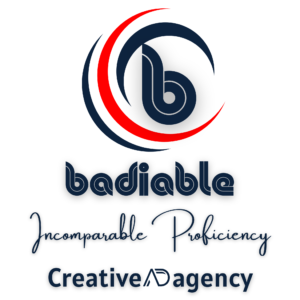In the modern business landscape, where visual appeal and customer engagement are crucial, creative design emerges as a powerful tool. It is the backbone of many marketing efforts, helping to shape how a product or service is perceived by its audience. This article delves into the intricate world of creative design, exploring its definition, the role of a creative designer, their responsibilities, and the essential skills needed to excel in this dynamic field.
What Is Creative Design?
Creative design is a multidisciplinary process that involves the use of digital and physical tools to produce visual representations aimed at marketing and promoting products or services. This process often includes the creation of various types of media, such as images, videos, graphics, and other visual content, which are essential for branding, advertising, and customer engagement.
The primary goal of creative design is to convey a message in a visually compelling way that resonates with the target audience. Whether it’s through the sleek design of a new product, an eye-catching advertisement, or a user-friendly website, creative design plays a pivotal role in shaping consumer perceptions and driving business success.
What Is a Creative Designer?
A creative designer is a professional who specializes in conceptualizing and creating visual content that communicates ideas and messages effectively. While the title “creative designer” is broad, it encompasses a range of roles within the design industry, including graphic designers, digital artists, visual designers, and multimedia artists, among others.
Creative designers work across various industries, from advertising and marketing to entertainment and media. Their work is critical in building brand identity, creating marketing campaigns, and developing content that captivates and engages audiences.

What Does a Creative Designer Do?
The role of a creative designer is multifaceted, involving a blend of artistic talent, technical skill, and strategic thinking. Here are some of the key responsibilities of a creative designer:
1. Create Design Concepts
One of the primary tasks of a creative designer is to develop design concepts that align with a client’s vision and business objectives. This process begins with understanding the client’s needs, target audience, and brand identity. From there, the designer brainstorms ideas and sketches initial concepts, which are then refined through feedback and revisions.
These design concepts can range from logos and branding elements to comprehensive marketing campaigns. The designer’s ability to translate abstract ideas into concrete visual representations is crucial for the success of any project.
2. Work on Prototype Development
Once a design concept is approved, the creative designer moves on to the prototype development stage. This involves creating detailed mockups or prototypes that showcase how the final product or visual content will look and function. Prototypes are essential for testing and iterating on the design before it goes into full production.
In digital design, this might include creating wireframes and interactive prototypes for websites or apps. In physical product design, it could involve creating 3D models or physical prototypes that demonstrate the product’s form and functionality.
3. Coordinate with Different Departments or Vendors
Creative design is often a collaborative effort that requires the involvement of multiple stakeholders. A creative designer must coordinate with various departments, such as marketing, product development, and engineering, to ensure that the design aligns with overall business goals.
Additionally, they may work closely with external vendors, such as printers, fabricators, or developers, to bring the design to life. Effective communication and project management skills are essential in this aspect of the job, as the designer must ensure that everyone is on the same page and that the project stays on schedule and within budget.
Essential Skills for a Creative Designer
The role of a creative designer demands a diverse skill set that combines creativity with technical expertise. Here are some of the key skills that are crucial for success in this field:
1. Communication Skills
Communication is at the heart of creative design. A designer must be able to articulate their ideas clearly to clients, team members, and other stakeholders. This includes presenting design concepts, explaining the rationale behind design decisions, and incorporating feedback into the final product.
Strong communication skills also involve active listening, as understanding the needs and expectations of the client is crucial for delivering a successful design. Whether through verbal presentations or written documentation, a creative designer must be able to convey their vision effectively.
2. Creativity
Creativity is, of course, the cornerstone of any design role. A creative designer must have a keen eye for aesthetics and the ability to think outside the box. This involves generating original ideas, experimenting with different design elements, and pushing the boundaries of traditional design practices.
Creativity also extends to problem-solving, as designers often need to find innovative solutions to complex design challenges. Whether it’s coming up with a unique visual style or finding a way to make a design stand out in a crowded market, creativity is key to success.
3. Attention to Detail
In the world of design, the smallest details can make a big difference. A creative designer must have a meticulous eye for detail, ensuring that every element of the design is precise and polished. This includes everything from choosing the right color palette to aligning text and graphics correctly.
Attention to detail also plays a crucial role in maintaining consistency across a brand’s visual identity. A designer must ensure that all design elements adhere to brand guidelines and that the final product is free of errors or inconsistencies.
4. Problem-Solving Skills
Design is often about finding the best solution to a particular problem. Whether it’s designing a user-friendly interface, creating a compelling advertisement, or developing a new product, a creative designer must be adept at problem-solving.
This involves analyzing the problem, brainstorming potential solutions, and testing different approaches to find the most effective one. Problem-solving in design also requires flexibility and adaptability, as designers must be able to pivot and make changes based on feedback or unforeseen challenges.
5. Software Proficiency
In today’s digital age, proficiency in design software is a must for any creative designer. Familiarity with tools such as Adobe Creative Suite (Photoshop, Illustrator, InDesign), Sketch, Figma, and other design software is essential for creating professional-quality work.
Additionally, knowledge of web design tools, 3D modeling software, and video editing programs can be a significant advantage, depending on the specific role. Keeping up with the latest software updates and industry trends is also crucial for staying competitive in the field.
The Impact of Creative Design on Business
The influence of creative design extends beyond just aesthetics; it has a direct impact on a company’s bottom line. Effective design can enhance brand recognition, boost customer engagement, and ultimately drive sales. Here’s how:
1. Brand Identity and Recognition
Creative design plays a critical role in shaping a brand’s identity. From logos and packaging to website design and advertising, every visual element contributes to how a brand is perceived by its audience. A strong, consistent design helps to establish brand recognition and build trust with customers.
2. Customer Engagement
In a world where consumers are bombarded with information, creative design is key to capturing and maintaining their attention. Whether through an eye-catching advertisement, an intuitive website, or engaging social media content, well-executed design can significantly enhance customer engagement.
3. Competitive Advantage
In highly competitive markets, creative design can give a company a significant edge. A unique, visually appealing design can differentiate a brand from its competitors, making it more memorable and attractive to consumers. Moreover, innovative design solutions can improve the user experience, leading to higher customer satisfaction and loyalty.
The Future of Creative Design
As technology continues to evolve, so too does the field of creative design. The rise of artificial intelligence, virtual reality, and other emerging technologies is opening up new possibilities for designers. For instance, AI-powered tools can automate repetitive tasks, allowing designers to focus more on the creative aspects of their work.
Meanwhile, virtual reality is creating immersive experiences that are transforming how brands interact with their customers. As these technologies become more integrated into the design process, creative designers will need to adapt and expand their skill sets to stay ahead of the curve.
Conclusion
Creative design is an essential component of modern business, driving brand identity, customer engagement, and competitive advantage. The role of a creative designer is multifaceted, requiring a blend of artistic talent, technical skill, and strategic thinking. By mastering the essential skills of communication, creativity, attention to detail, problem-solving, and software proficiency, creative designers can excel in their field and make a significant impact on the success of the businesses they work for.
As the field continues to evolve with advancements in technology, creative design will remain at the forefront of innovation, shaping the future of how we interact with the world around us. Whether you are a seasoned designer or someone aspiring to enter the field, understanding the intricacies of creative design and honing the necessary skills will be key to thriving in this ever-changing industry.



